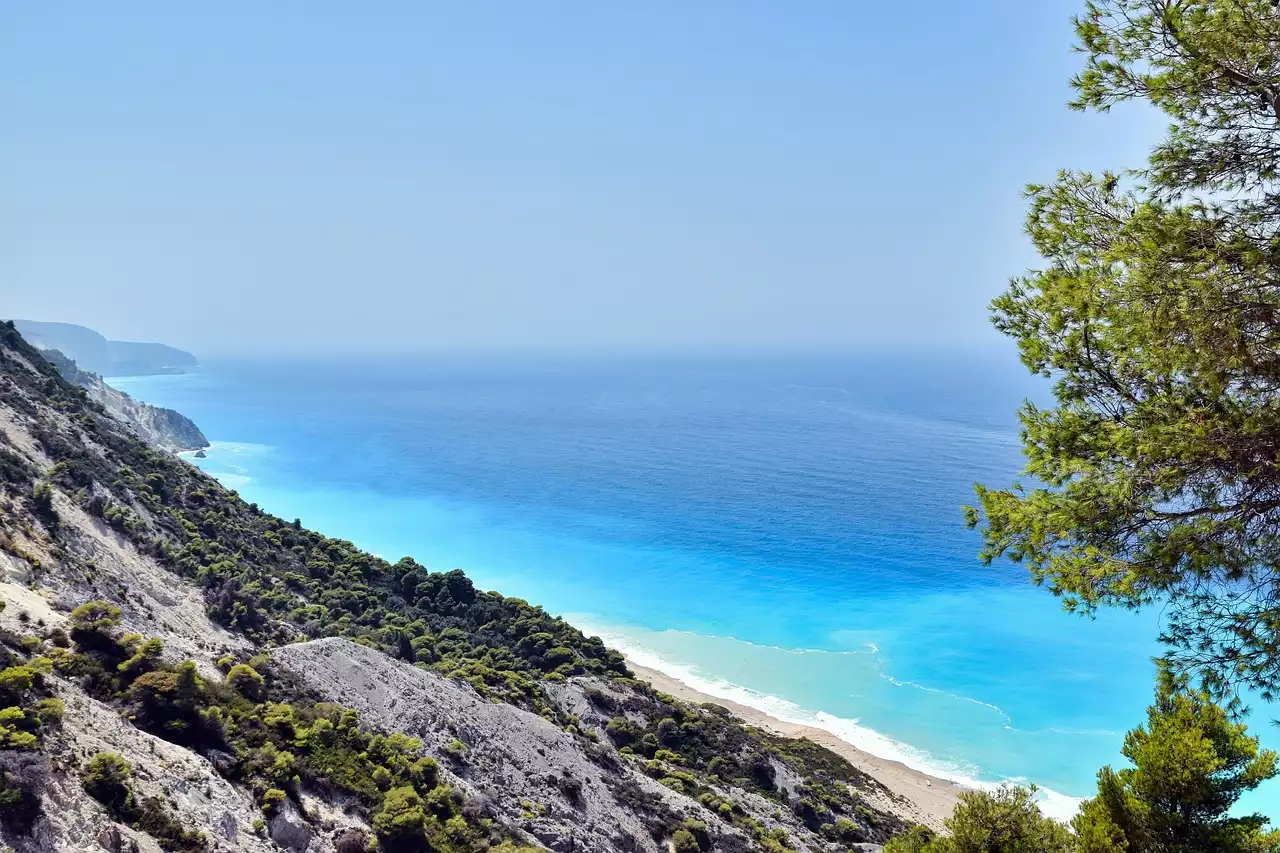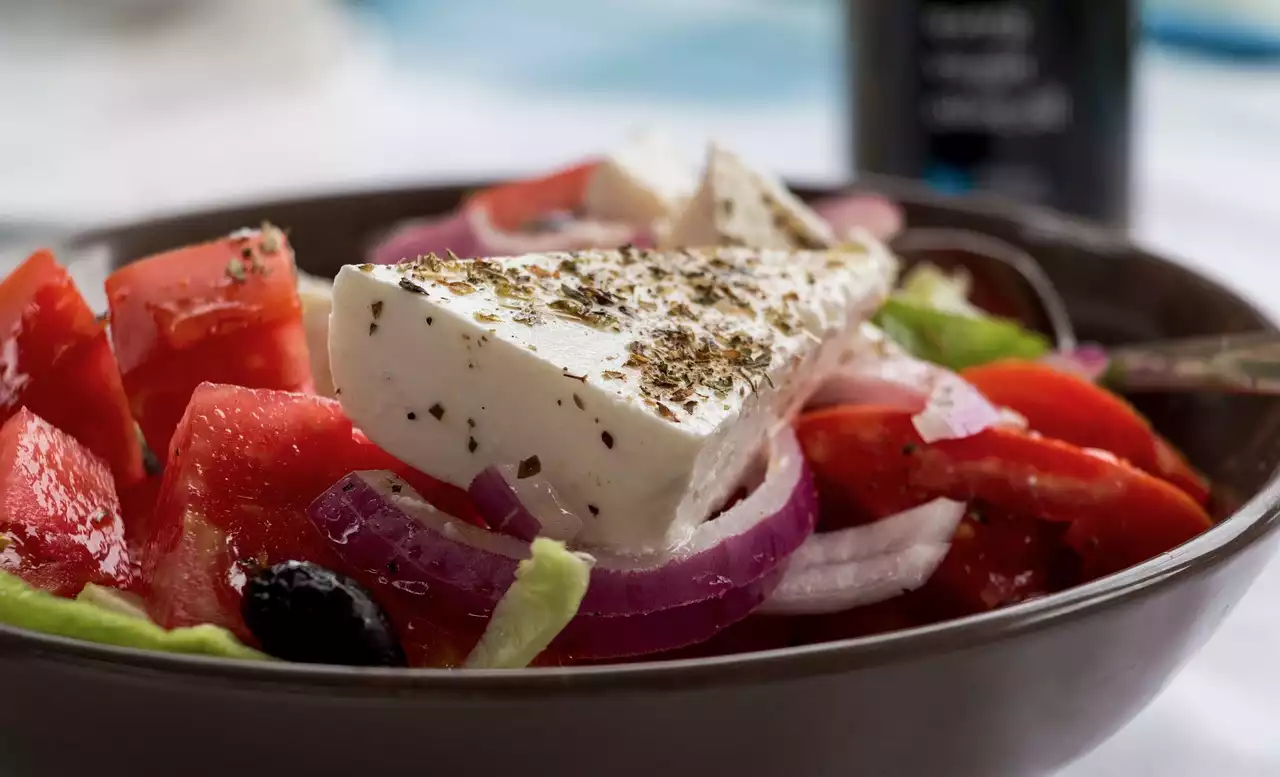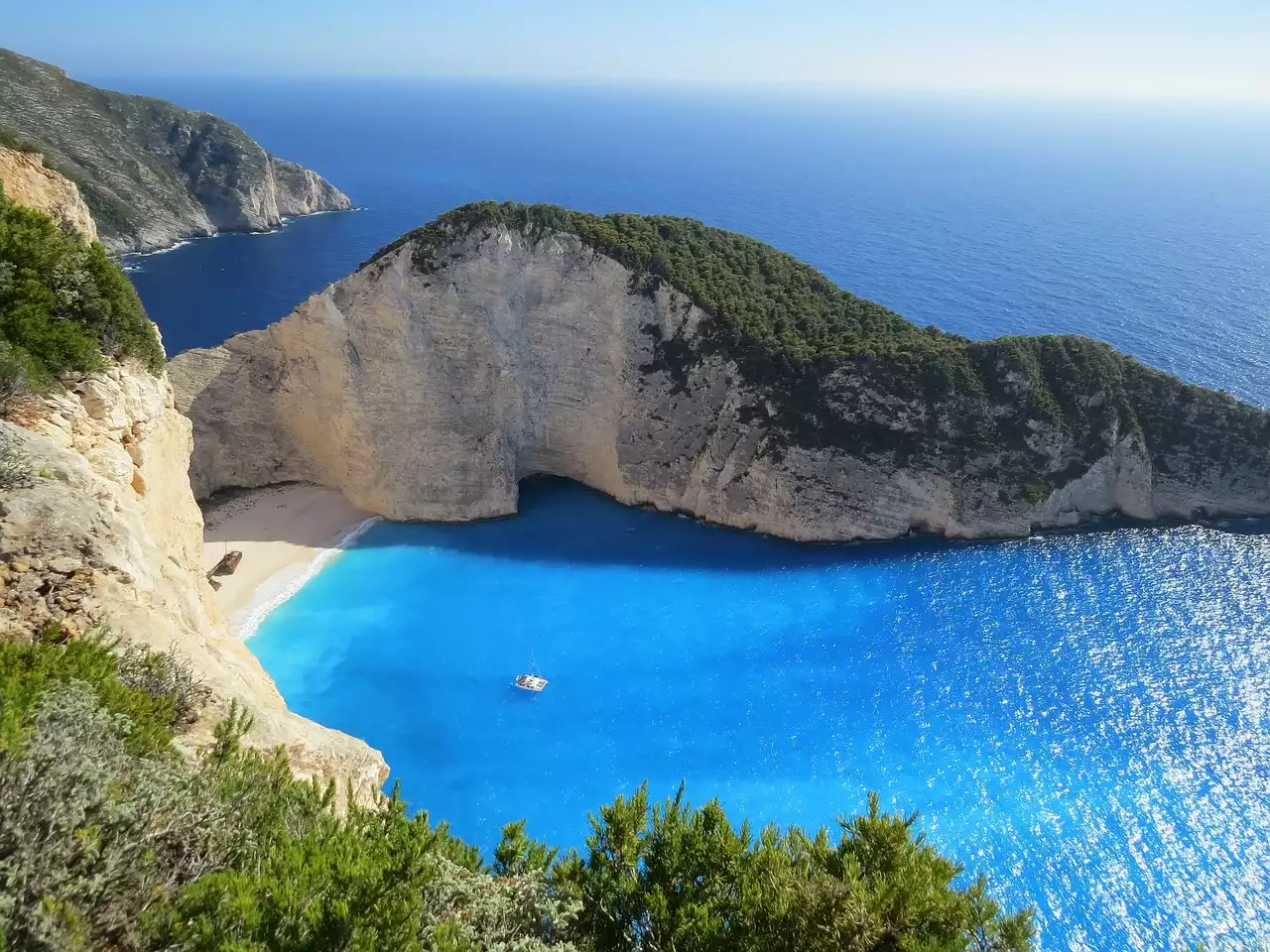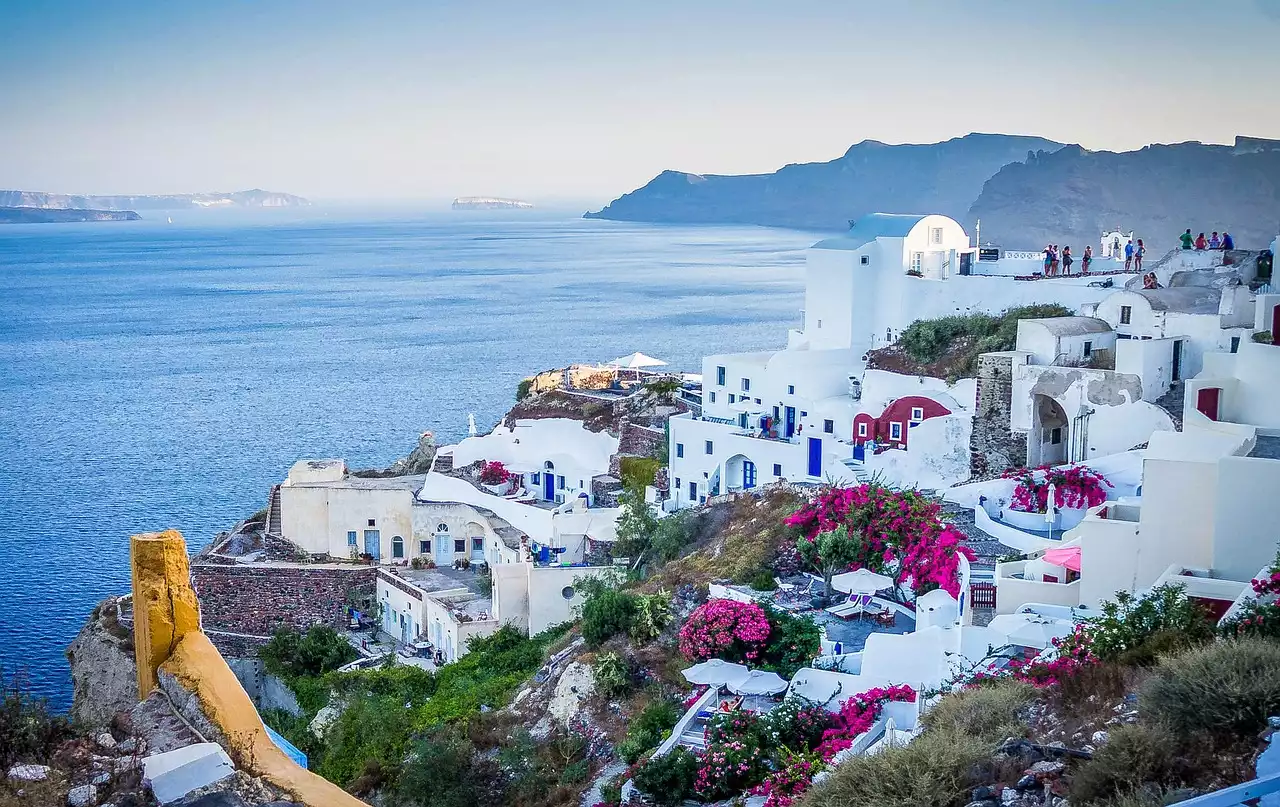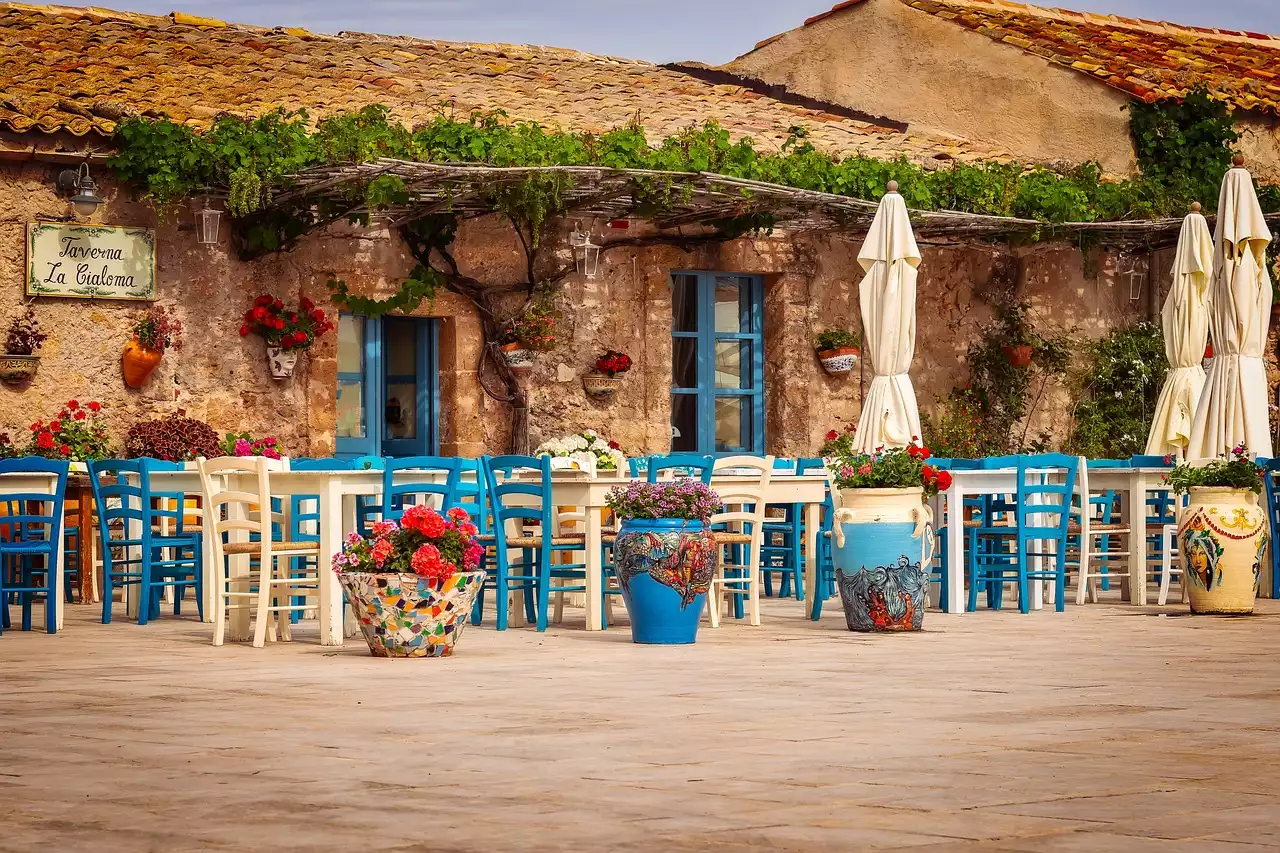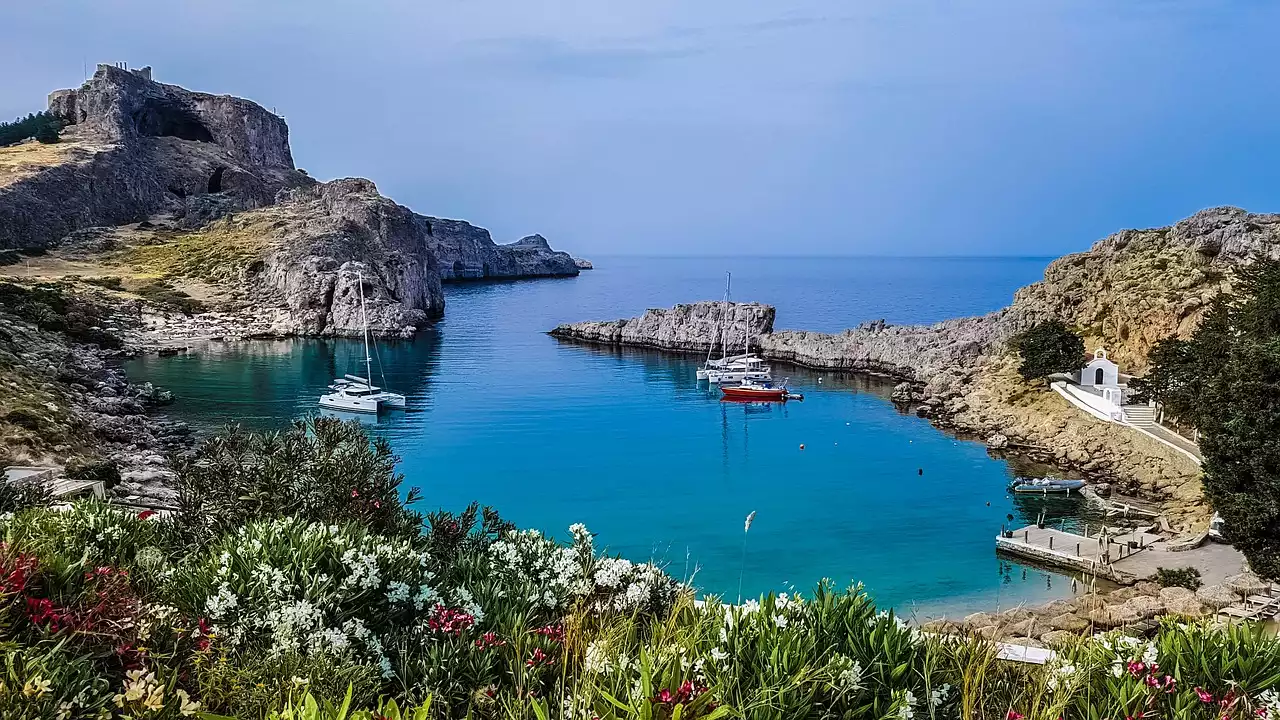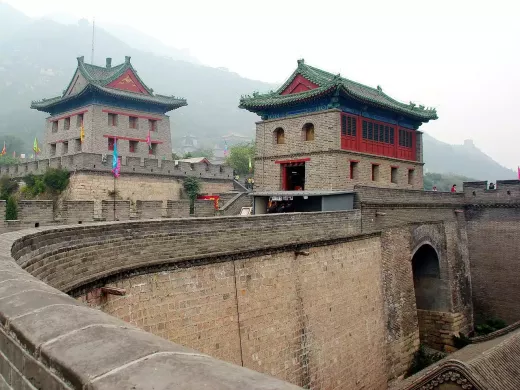The Minoan Civilization: A brief overview
Crete is home to one of the most fascinating ancient civilizations – the Minoans. Flourishing from approximately 2700 to 1450 BC, the Minoans were known for their advanced architecture, vibrant artwork, and complex social structure. This civilization, which predated the ancient Greeks, left behind a legacy that continues to captivate historians and archaeologists.
The Minoans were master builders, constructing grand palaces and intricate labyrinthine structures. One of the most prominent sites on the island is the ancient palace of Knossos. This sprawling complex, believed to be the center of Minoan civilization, offers a glimpse into the grandeur and sophistication of this ancient culture. Explore the labyrinthine corridors, marvel at the vibrant frescoes that adorn the walls, and imagine what life was like during the height of the Minoan civilization.
Exploring the ancient ruins of Knossos
As you wander through the ruins of Knossos, you'll be transported back in time to a world of myth and legend. According to Greek mythology, the palace was home to King Minos, who ruled over Crete and was said to have imprisoned the half-human, half-bull creature known as the Minotaur within its labyrinth. Discover the intricate layout of the palace, marvel at the advanced engineering techniques used in its construction, and let your imagination run wild as you uncover the secrets of this ancient civilization.
The Palace of Phaistos: A glimpse into Minoan architecture
While Knossos may be the most famous Minoan site on Crete, the island is also home to other remarkable palaces, one of which is the Palace of Phaistos. Located on a hill overlooking the fertile Messara Plain, this well-preserved palace offers visitors a chance to witness the architectural brilliance of the Minoans.
The Palace of Phaistos features a central courtyard surrounded by a series of rooms and corridors. Its strategic location provides sweeping views of the surrounding landscape, offering insight into the Minoans' connection with nature. Explore the palace's intricate design, admire the beautiful frescoes that adorn the walls, and imagine what life was like for the Minoans who once called this place home.
The influence of Greek mythology on Crete's culture
Crete's rich history is not only evident in its ancient ruins but also in its mythology. According to Greek mythology, Crete was the birthplace of Zeus, the king of the gods. It was also the site of the famous battle between Zeus and his father, Cronus, which resulted in the establishment of Zeus as the ruler of Mount Olympus.
The myths and legends associated with Crete continue to shape the island's culture. From the iconic labyrinth of Knossos to the tales of the Minotaur, these stories have become an integral part of Crete's identity. As you explore the island, you'll encounter reminders of these ancient myths, from statues and artwork to street names and festivals.
Traditional Cretan cuisine: A gastronomical journey
No exploration of Crete's rich culture would be complete without indulging in its traditional cuisine. Cretan cuisine is renowned for its simplicity and emphasis on fresh, local ingredients. From olive oil and honey to herbs and cheese, each dish is a celebration of the island's bountiful land and sea.
Sample the famous Cretan dakos, a traditional salad made with barley rusks, tomatoes, and feta cheese. Savor the flavors of the island's renowned olive oil, drizzled over freshly baked bread. And don't forget to try the local wines, which have been produced on the island for centuries.
The traditional music and dance of Crete
Music and dance are integral parts of Cretan culture, and experiencing them firsthand is a must. Traditional Cretan music is characterized by the sounds of the lyra, a three-stringed bowed instrument, and the lute. The melodies are vibrant and lively, often accompanied by spirited dancing.
Join a local celebration or visit one of the island's tavernas to witness traditional Cretan music and dance in action. Let the infectious rhythms and energetic movements transport you to a world where music and dance are expressions of joy and celebration.
Exploring Crete's natural wonders: Samaria Gorge and Elafonisi Beach
Crete's natural beauty is as breathtaking as its history and culture. One of the island's most famous natural wonders is the Samaria Gorge, a stunning gorge that stretches for 16 kilometers through the White Mountains. Hiking through the gorge is a challenging but rewarding experience, with awe-inspiring views at every turn.
For those seeking relaxation, Elafonisi Beach is a paradise on earth. With its crystal-clear turquoise waters and pink-hued sands, it's no wonder that Elafonisi is often referred to as one of the most beautiful beaches in the world. Spend a day lounging on the beach, swimming in the warm waters, and soaking up the sun.
Festivals and celebrations in Crete: A vibrant cultural experience
Throughout the year, Crete comes alive with festivals and celebrations that showcase the island's vibrant culture. From religious processions to traditional music and dance performances, these events offer a unique insight into the customs and traditions of the Cretan people.
One of the most popular festivals on the island is the Carnival of Rethymno, a colorful celebration that takes place in the weeks leading up to Lent. Join the locals as they don elaborate costumes, dance through the streets, and revel in the festive atmosphere.
Conclusion: Embracing the rich history and culture of Crete
Crete is a destination like no other, where ancient history and vibrant culture converge to create a truly unforgettable experience. From the ancient ruins of Knossos and the Palace of Phaistos to the flavors of traditional Cretan cuisine and the lively music and dance, every corner of this island tells a story.
Embrace the rich history and culture of Crete as you explore its ancient ruins, indulge in its gastronomic delights, and immerse yourself in its vibrant traditions. Let the island enchant you with its beauty and charm, leaving you with memories that will last a lifetime.

